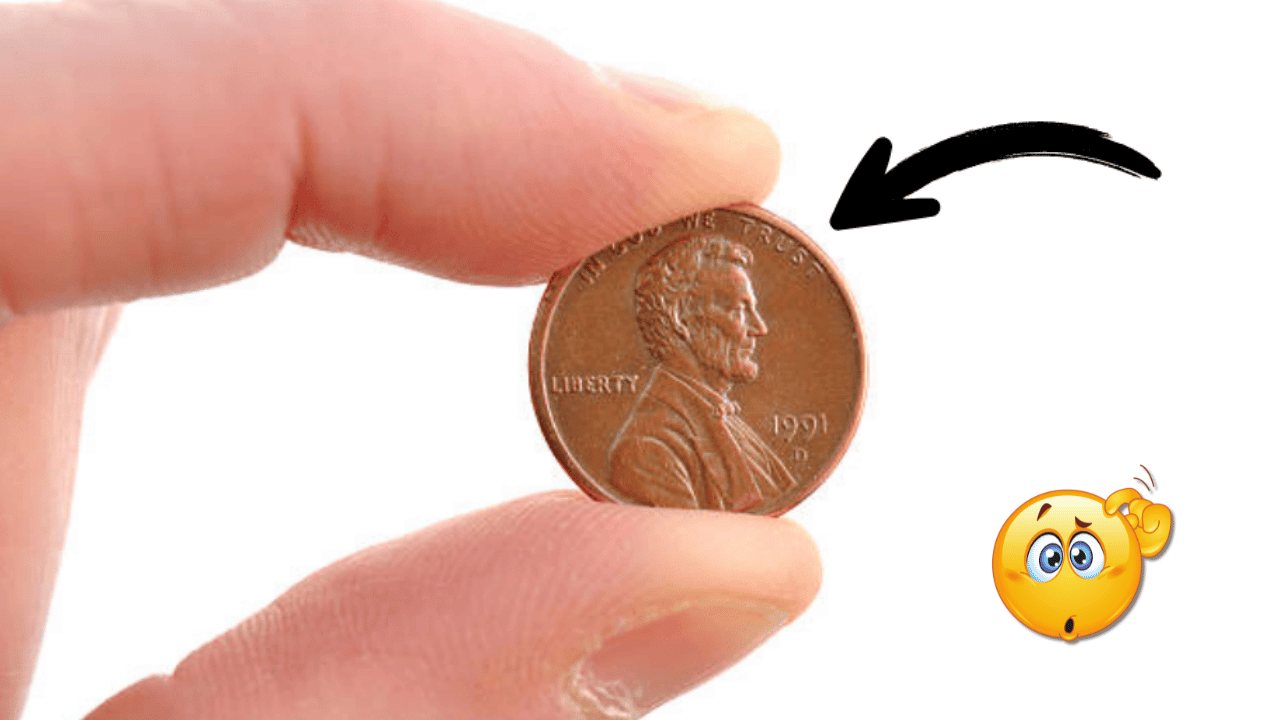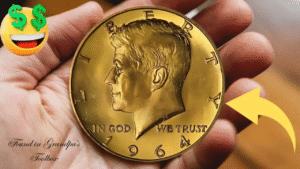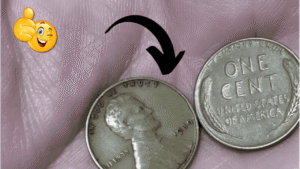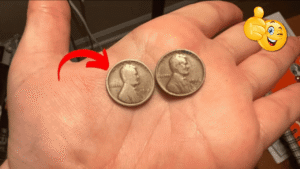A humble one-cent coin that could be worth over $3 million? That’s the surprising story behind the Lincoln Wheat Penny, a piece of American history that continues to circulate in small numbers—and occasionally turns up in the hands of lucky collectors. First minted in 1909 to honor Abraham Lincoln’s 100th birthday, the Lincoln Wheat Penny has become one of the most collected U.S. coins ever. Though most of these pennies are worth little more than their face value, certain rare varieties are worth thousands—or even millions—thanks to historical quirks and minting errors.
Let’s explore what makes these old coins so valuable, why they’re still popping up today, and how you might be holding a small fortune without even knowing it.
The History of the Lincoln Wheat Penny
The Lincoln Wheat Penny, minted from 1909 to 1958, was the first U.S. coin to feature a real person—President Abraham Lincoln. It replaced the Indian Head cent and introduced a new design: Lincoln’s profile on the obverse and two stylized wheat stalks on the reverse. This coin not only honored Lincoln but also reflected America’s agrarian roots.
Initially struck in Philadelphia, Denver, and San Francisco, these pennies became everyday currency across the country. In 1959, the design changed to feature the Lincoln Memorial, but the wheat penny remains a nostalgic favorite among collectors.
What Makes Some Wheat Pennies Worth Millions?
Not all Lincoln Wheat Pennies are equal in value. Most are only worth a few cents to a few dollars depending on their condition. But some specific versions can fetch astonishing prices due to a combination of rarity, demand, and minting errors.
Notable Examples of High-Value Wheat Pennies:
| Year & Mint Mark | Type | Approx. Value | Reason for Rarity |
|---|---|---|---|
| 1909-S VDB | First year, San Francisco mint | $700 – $3,000+ | Low mintage, initials controversy |
| 1914-D | Denver mint | $200 – $5,000 | Scarce mintage |
| 1922 No D | Weak die strike | $500 – $10,000+ | No visible mintmark error |
| 1943 Copper | Wrong material | $100,000 – $3,300,000 | Minted in copper instead of steel by mistake |
The most famous among them is the 1943 copper penny. During WWII, the U.S. Mint switched from copper to zinc-coated steel for pennies to conserve copper for the war effort. But a few copper blanks left in the machines were mistakenly used—creating one of the rarest coins in American history.
Still in Circulation: Rare Finds in Everyday Change
Though discontinued in 1958, Lincoln Wheat Pennies still show up in circulation, especially in coin jars, estate sales, and old family collections. It’s rare, but not impossible, to find one while sorting through spare change.
Many people have unknowingly spent or discarded these coins without realizing their value. Coins like the 1909-S VDB or the 1943 copper penny can turn up unexpectedly, and their worth can easily climb into the thousands—if you know what to look for.
How to Identify a Valuable Lincoln Wheat Penny
To determine whether you’re holding a valuable penny, start by checking these key features:
- Date and Mintmark: Look for years like 1909, 1914, 1922, and 1943. Mintmarks (D, S, or none) matter.
- Condition: Coins in “mint” or “uncirculated” condition are worth more.
- Minting Errors: Rare defects like double dies, off-center strikes, or die cracks increase value.
- Metal Composition: If your 1943 penny sticks to a magnet, it’s steel. If not, it may be the elusive copper version.
Where to Sell or Appraise Your Coins
If you believe your Lincoln Wheat Penny could be valuable, consult a professional appraiser or take it to a certified coin dealer. You can also check recent auction prices on sites like Heritage Auctions or PCGS. Selling options include:
- Online marketplaces (eBay, GreatCollections)
- Coin shows and numismatic auctions
- Local dealers or coin clubs
Before selling, make sure to get an accurate appraisal to avoid undervaluing your coin.
Even though the Lincoln Wheat Penny hasn’t been minted for over 65 years, its presence in American coinage remains strong. For some, it’s a nostalgic collectible. For others, it’s a gateway to a fascinating hobby—or even a life-changing discovery. Whether tucked in a drawer or clinking in your pocket, a single penny might be worth far more than you think.
FAQs
What is the most valuable Lincoln Wheat Penny?
The 1943 copper Lincoln Wheat Penny is considered the most valuable, with some specimens selling for over $3 million.
Can I still find Lincoln Wheat Pennies in change?
Yes, although rare, they occasionally show up in circulation or in old coin jars and collections.
How can I tell if my penny is copper or steel?
Use a magnet. Steel pennies will stick; copper ones will not. This is especially helpful for identifying 1943 copper errors.
Are all wheat pennies valuable?
No, most are worth only 1 to 10 cents. Only specific years, mintmarks, and error coins hold significant value.
Where should I sell my valuable penny?
Try a certified coin dealer, numismatic auction, or online coin marketplace—after getting a proper appraisal.



